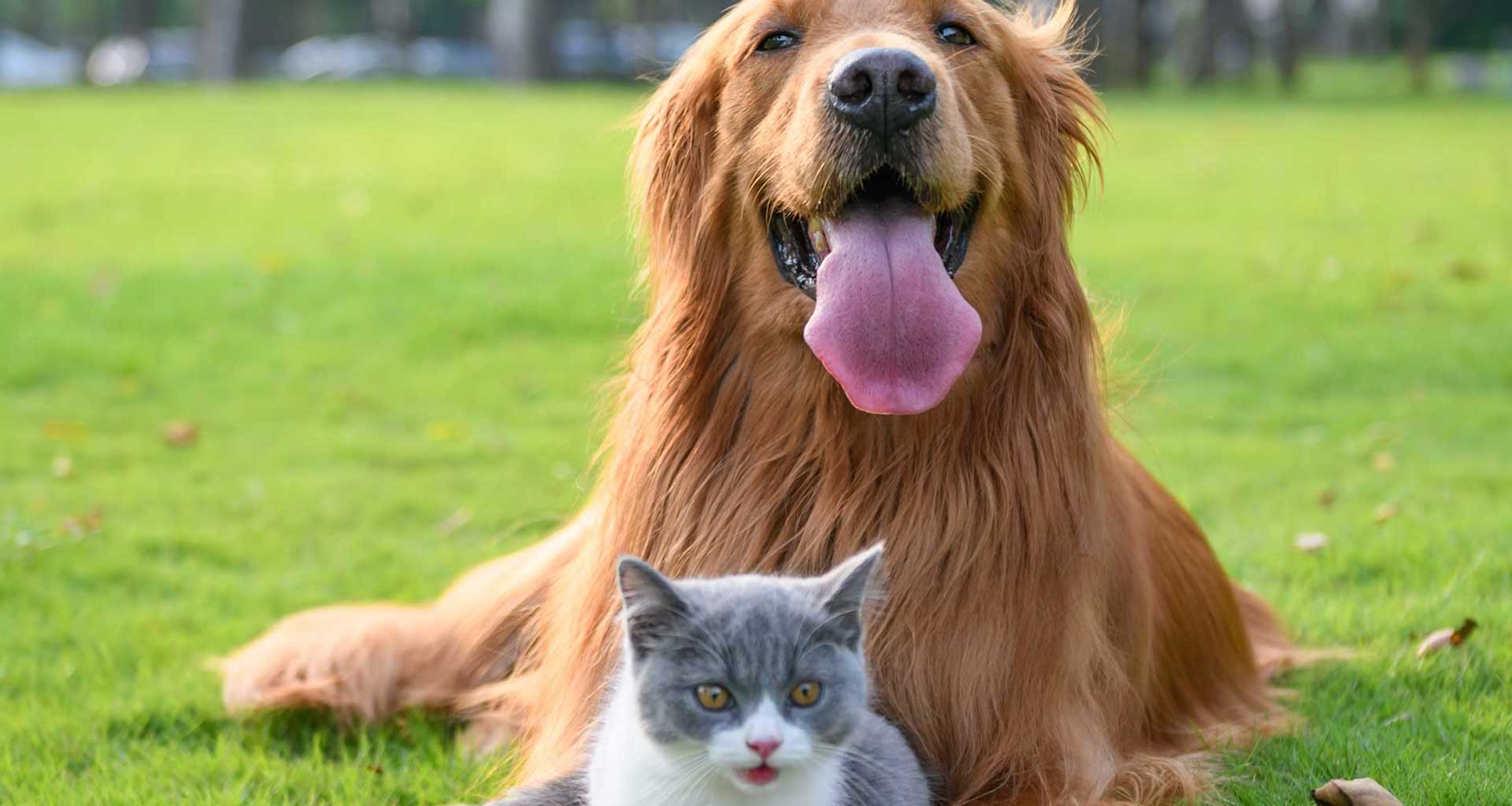Your pet spends a lot of time playing outside, so it’s important to know whether your garden is pet friendly. If you have a dog, it’s easy to fence off sections of your garden, but it’s a different story with an outdoor cat.
What are the issues to be aware of and what can you do to make your garden pet friendly?
Remove poisonous garden plants
Many of our garden plants are poisonous to pets. From daffodils to delphiniums, there are countless plants that you shouldn’t have in your garden. Cycads, like the Sago Palm, and even lilies are plants to avoid.
The American Society for the Prevention of Cruelty to Animals (ASPCA) website has a full list of outdoor plants that are toxic to dogs and cats.
Buy safe outdoor plants for your pets
There are plenty of outdoor plants that are safe for your pets. Burdock, peppermint and grass are fine for your dog and cat – and good for their digestion too. Catnip and cat thyme are easy to grow outdoors and your cat will love them.
Lots of ferns and other types of palms are safe, as well as bamboo, daisies, violets, hibiscus, geraniums and orchids. The ASPCA website lists plants that are pet friendly too.
Don’t use snail, cockroach and rodent bait
Avoid using snail bait in your garden, as it can poison your pet if they eat it. Be aware that ‘pet friendly’ bait actually isn’t – there’s a bittering agent that’s included to act as a deterrent – if your pet ingests the bait, it’s still toxic! If you plan to put roach or rodent bait down, ensure your pet can’t get anywhere near it.
Be careful with pesticides, herbicides, insecticides and fertilizers
If you’re going to use them in the garden, do it sparingly and make sure your pet is in a safe place with no access to that area of the garden. The main problem arises if you don’t store these products in an out-of-the-way place and your pet chews on the container…
Plan your garden so pets can enjoy the space
Ensure there’s enough shade in the garden and pop a fountain out there too for a constant supply of fresh water. Train your dog to wee and poo in one spot, and pick up after them to keep the garden clean. Raise your flowerbeds so dogs are discouraged from jumping up into them, and give them a lolling spot and room to run around.
If you are concerned your pet has eaten a toxic plant – contact your vet immediately.


